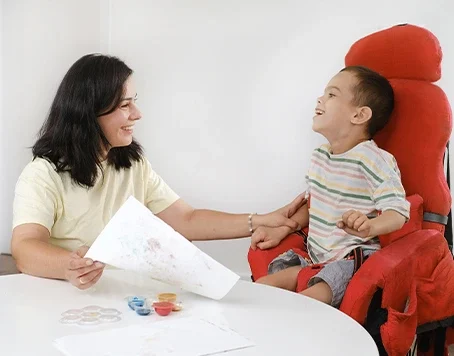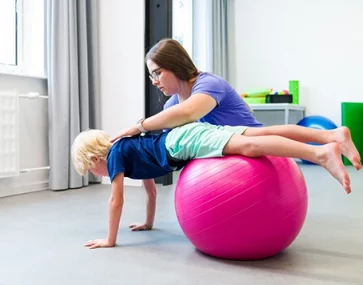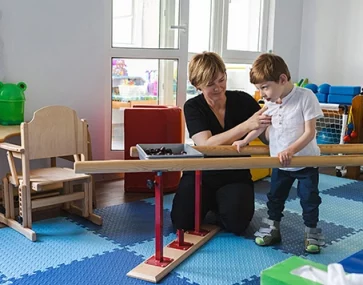Surgery for children with cerebral palsy is a decision filled with questions, hope, and the need for expert guidance. For many parents, the word “surgery” immediately sparks concerning questions like how invasive it will be, what the outcome will look like, and whether it is even necessary. These are valid questions, and our guest, a leading pediatric orthopedic surgeon, Dr. Assad, addresses them with care, evidence, and years of experience.
This blog aims to provide clarity on must-know surgical options for children with cerebral palsy, highlighting when surgery is recommended, which types are most common, and why a multidisciplinary approach involving physical therapy treatment for cerebral palsy and speech therapy for cerebral palsy is essential for holistic outcomes.
Understanding the Purpose of Surgery in Cerebral Palsy:
The goal of surgery is not always to enable walking, contrary to popular belief. Dr. Assad emphasizes that for children with more complex motor challenges, surgery may be more about comfort, preventing long-term complications, and making everyday care more manageable for families. For example, children who cannot sit comfortably due to hip misalignment may undergo reconstructive surgery to improve sitting balance and reduce pain. This may not make the child mobile, but it significantly improves sleep, hygiene, and daily caregiving routines.
Types of Surgeries Often Recommended:
Several types of surgeries are commonly used depending on the child’s Gross Motor Function Classification System (GMFCS) level:
- Hip Reconstruction Surgery: Often advised for children at GMFCS levels IV and V to treat or prevent hip dislocations.
- Single Event Multi-Level Surgery (SEMLS): Combines several orthopedic corrections in one surgical session to reduce the frequency of future procedures.
- Tendon Lengthening or Transfer Procedures: These help in improving muscle balance and range of motion, especially in children with tight calf or hamstring muscles.
These surgeries work best when they are integrated with physical therapy treatment for cerebral palsy, which supports recovery, improves strength, and reinforces movement training post-surgery.
When Should Surgery Be Considered?
Timing is critical. Dr. Assad recommends early assessments and shared decision-making. Surgeries conducted at the right developmental stage can help preserve function and prevent fixed deformities. For children who walk with difficulty or develop gait issues as they grow, foot and ankle surgeries may be advised before bone structures become rigid. It is crucial not to delay evaluations. Waiting until complications arise may limit the effectiveness of surgical options. At Hope AMC, assessments are ongoing, collaborative, and designed to guide families through the best timing for intervention.
The Role of Therapy Before and After Surgery:
Surgery alone cannot resolve the challenges of cerebral palsy. A child will benefit most from a comprehensive plan that includes intensive physical therapy for cerebral palsy, both before and after the procedure. The expert therapists in Dubai prepare the body for surgery and accelerates recovery. Additionally, speech therapy for cerebral palsy may be required in parallel, especially if the child’s motor challenges affect oral muscles, feeding, or communication. Our team works together to ensure that every child receives tailored care across all domains.
Frequently Asked Questions (FAQs):
Trust the Experts at Hope AMC:
Whether you are exploring surgical options or need post-operative rehabilitation, Hope AMC brings you an interdisciplinary team led by professional orthopedic surgeons. Our child-first approach ensures that every step, from consultation to physical therapy treatment for cerebral palsy and speech therapy for cerebral palsy, is designed with compassion and clinical precision.
Discover our full rehabilitation programs:
- Pediatric Physiotherapy at Hope AMC
- Speech and Language Therapy at Hope AMC
Want to get in touch with our team? Schedule an appointment now!




